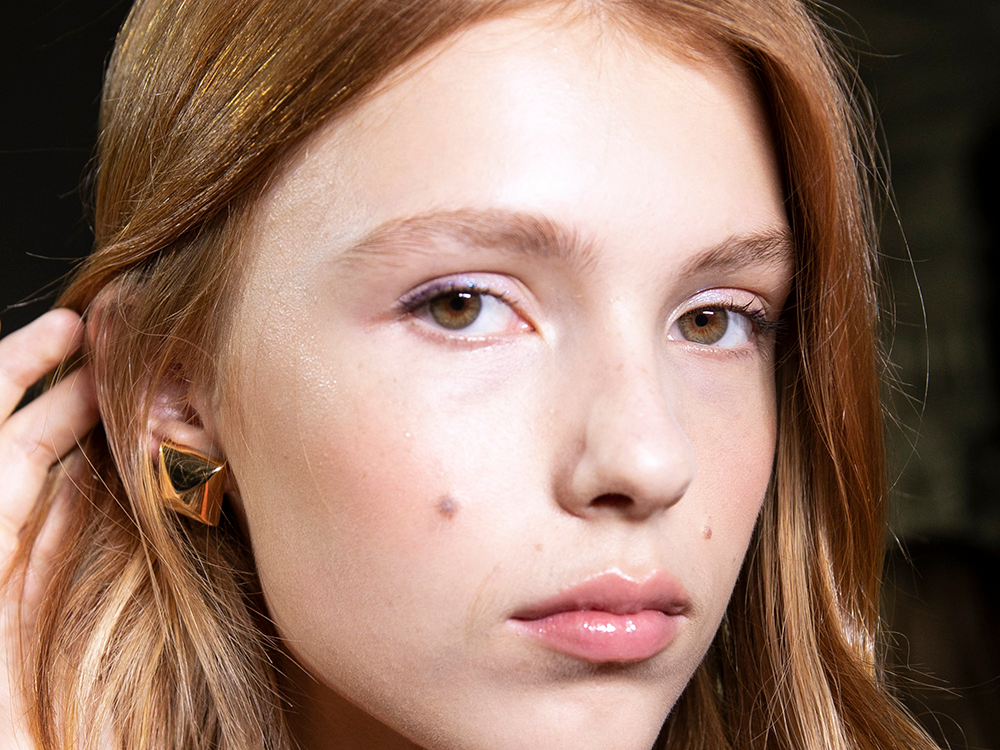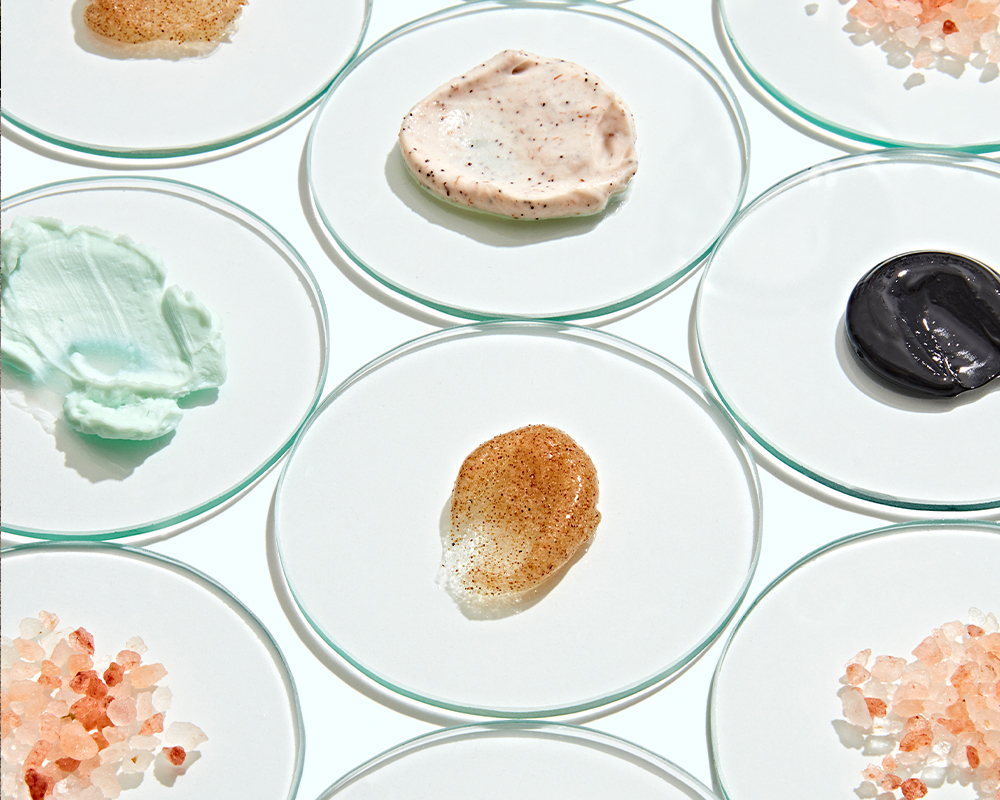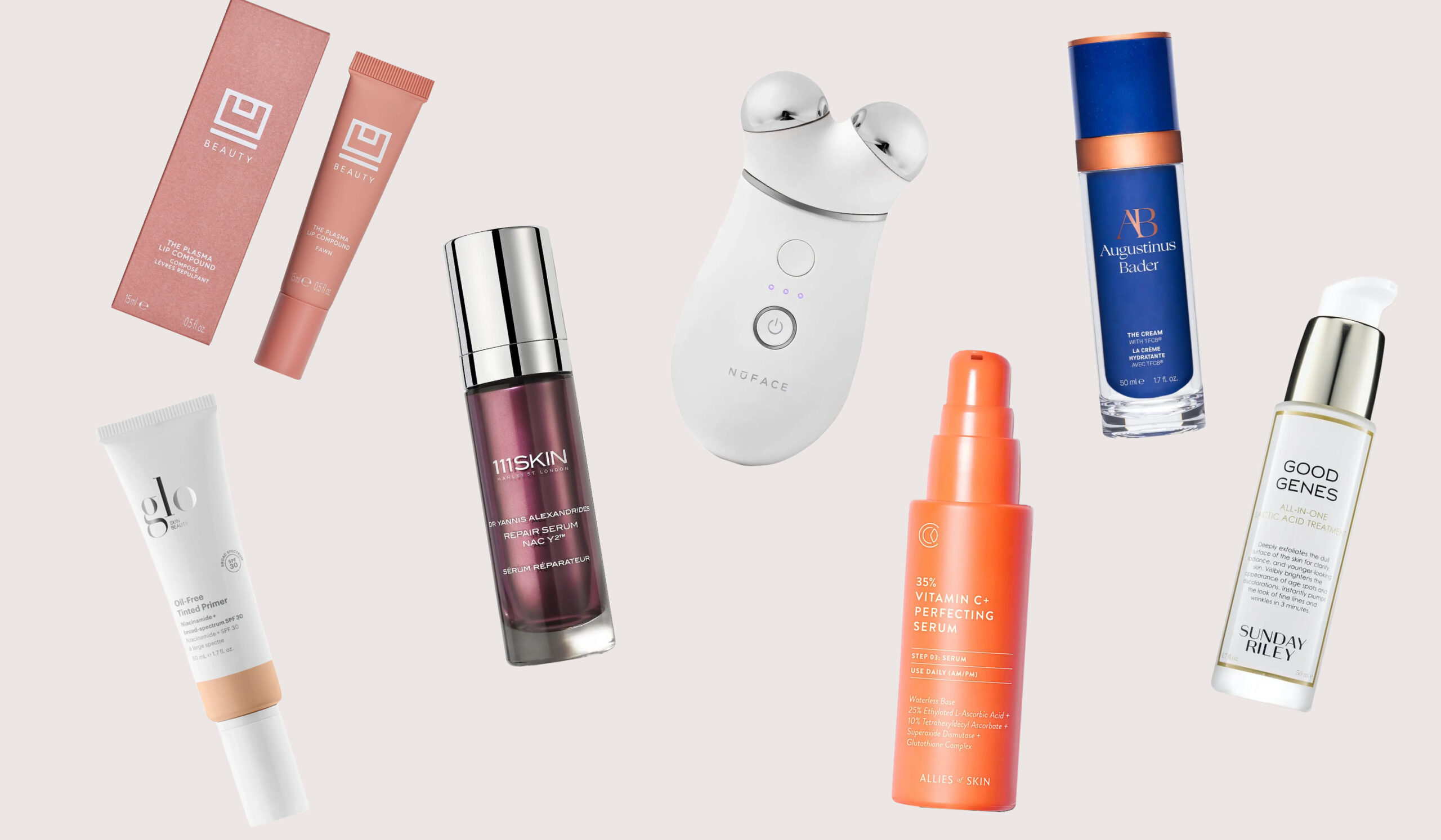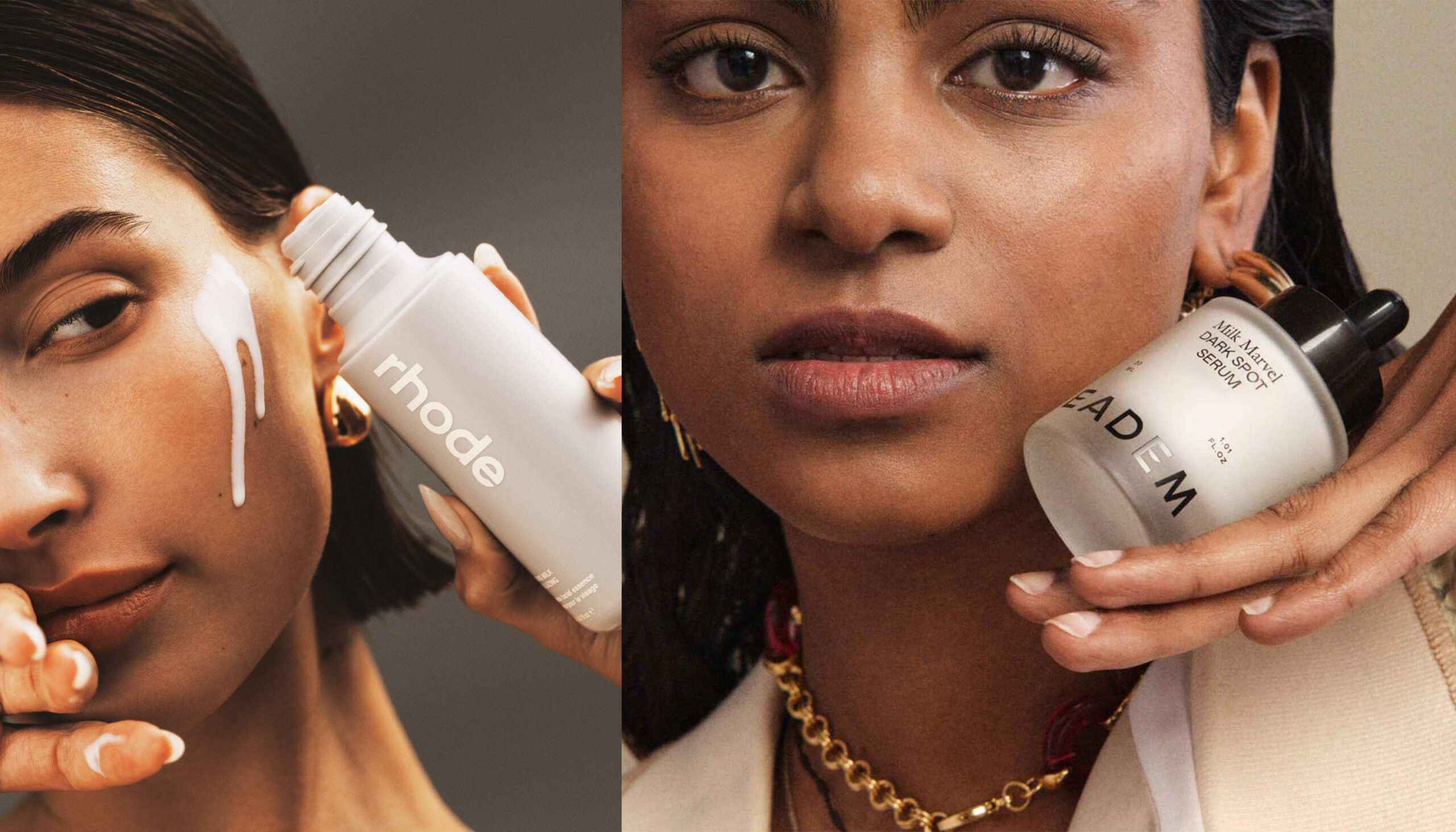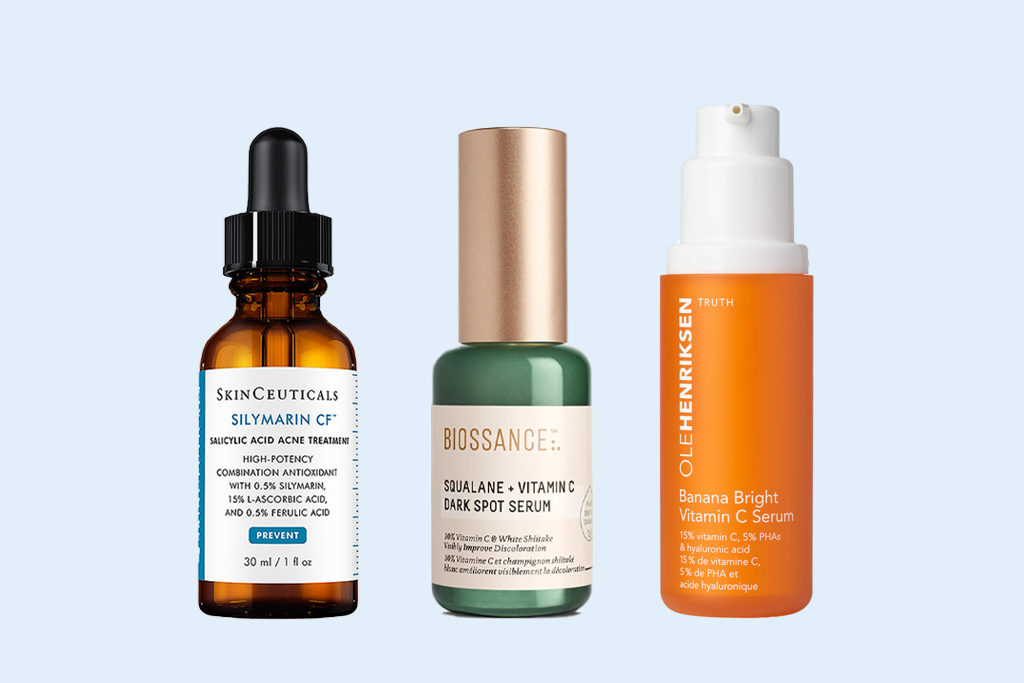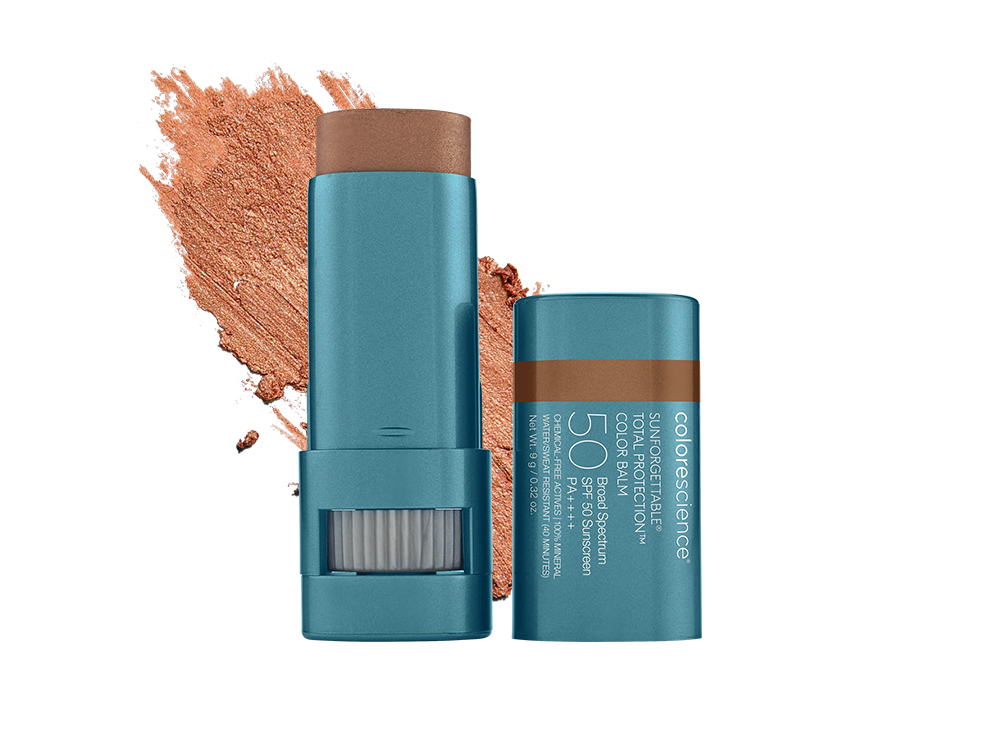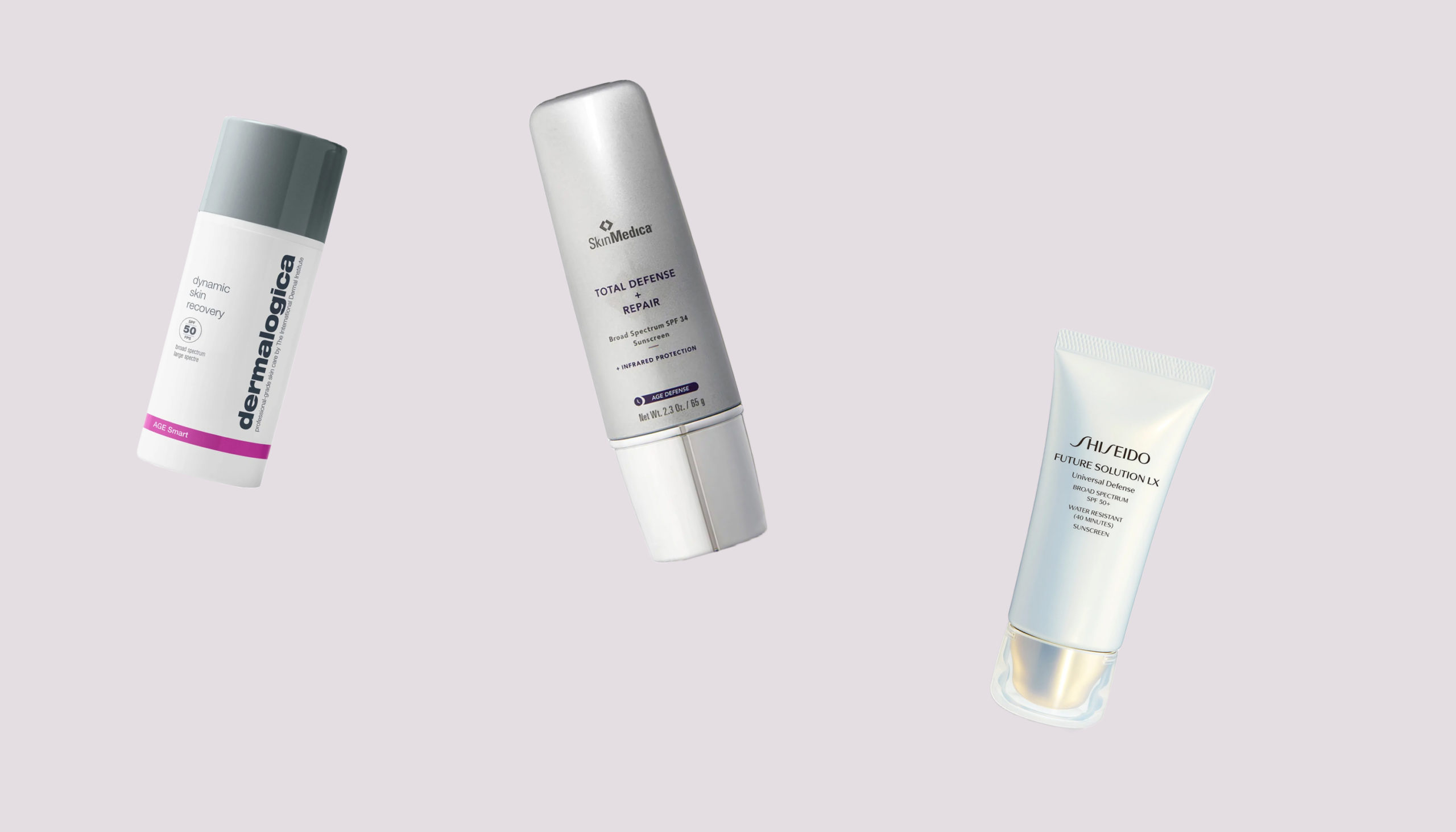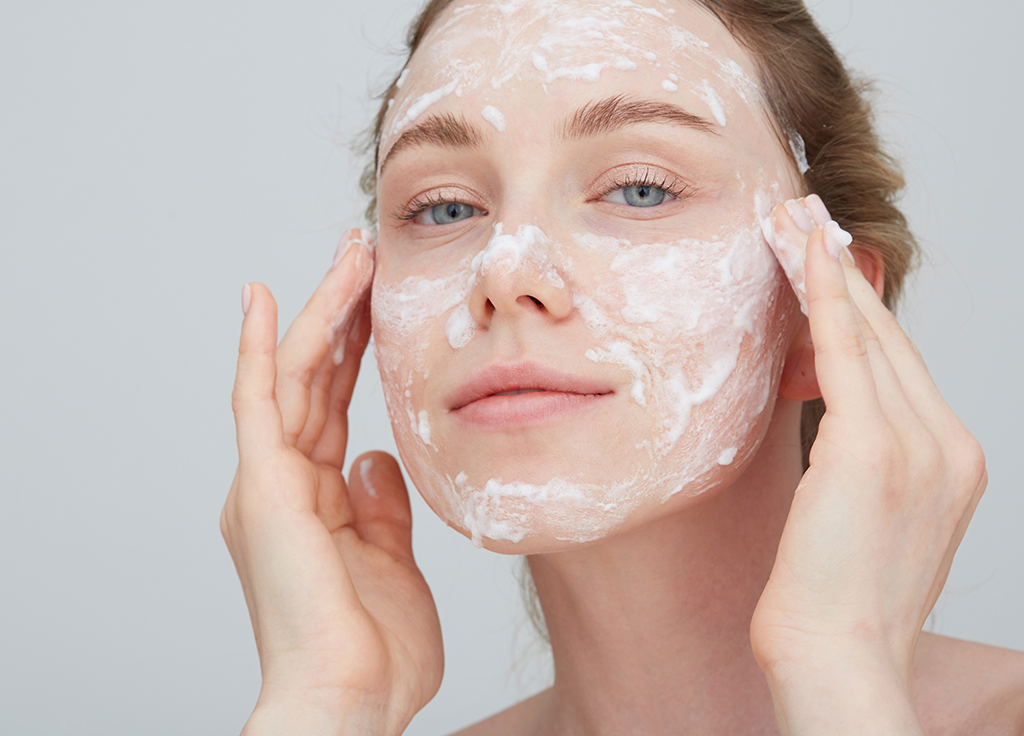Becoming (very) familiar with your skin-care’s ingredient list is crucial for a variety of reasons. Namely, it’s the best way to ensure you’re getting the best bang for your buck—the ingredients closer to the top of the list are the ones most prevalent in the formula—and delivering your skin exactly what it craves. But with crazy-long names and acids by the boatload, how do we cut through the ingredient clutter and find out what we need? Here, experts help decode the science (and benefits) behind some of the more confusing actives. Up first: kojic acid.
You May Also Like: Dermatologists Reveal the Most Cost-Effective Ways to Beat Hyperpigmentation
What is it?
Kojic acid is an acid naturally derived from mushrooms and rice; New York City dermatologist Marina Peredo, MD says its also a byproduct when certain foods ferment, like Japanese sake and rice wine. As for its usage, simply put, kojic acid is a good antibacterial option for those with skin too sensitive to handle heavy-hitting brightening ingredients such as retinol or hydroquinone.
What does it do?
Nanuet, NY dermatologist Heidi A. Waldorf, MD explains the acid, which has long been used as a food additive to help fruit to ripen and prevent turning it brown, delivers a similar effect to the skin. “Kojic acid is an ingredient used in topical products to reduce pigmentation by inhibiting tyrosinase activity,” says Dr. Waldorf. “Tyrosine is an amino acid that’s needed to produce melanin,” explains Dr. Peredo, adding that melanin is the pigment that affects hair, skin and eye color.
Dr. Peredo says kojic acid’s primary use—and benefit—is to lighten visible sun damage, age spots or scars. Another widely-loved benefit of the acid? Fading discoloration that’s deep in the skin such as melasma, a patchy discoloration that tends to occur during pregnancy due to an imbalance of hormones (it can also occur when taking birth control or estrogen supplements). Melasma is usually found on the cheeks, side of the face, nose, forehead and above the lip.
How does it work?
Dermatologists agree that kojic acid is one ingredient that works better and faster when used in tandem with other brightening ingredients such as hydroquinone or glycolic acid—but, this is also when the most sensitivity is likely to happen. “In my experience, the acid is often irritating—particularly in conjunction with other lightening ingredients like retinoids, alpha hydroxy acids and vitamin C,” says Dr. Waldorf. “I recommend starting it gradually.” Dr. Peredo adds, “Over time, long-term use of kojic acid may make your skin more susceptible to sunburn.”
Where should I start?
Dr. Peredo says her favorite kojic acid product is a tie between SkinMedica Uplifting Eye Serum ($60) and SkinCeuticals Brightening Skin System ($275). If you’re going to take the ingredient out for a spin, Dr. Peredo says we should never use it on damaged or “broken” skin, and we should only apply it on the areas of hyperpigmentation we’d like faded, not all over the face.
The bottom line:
So is kojic acid the cure-all for hyperpigmentation? Well, it depends on your skin type. “Topical hydroquinone is still the gold standard for reducing hyperpigmentation, especially combined with a retinoid and corticosteroid in variations of the Kligman formula,” explains Dr. Waldorf. However, hydroquinone can be irritating and is not to be used during pregnancy, which happens to be a peak time for melasma. This is where kojic acid comes in: “Kojic acid can be used instead of or as an adjust to hydroquinone,” says Dr. Waldorf.
